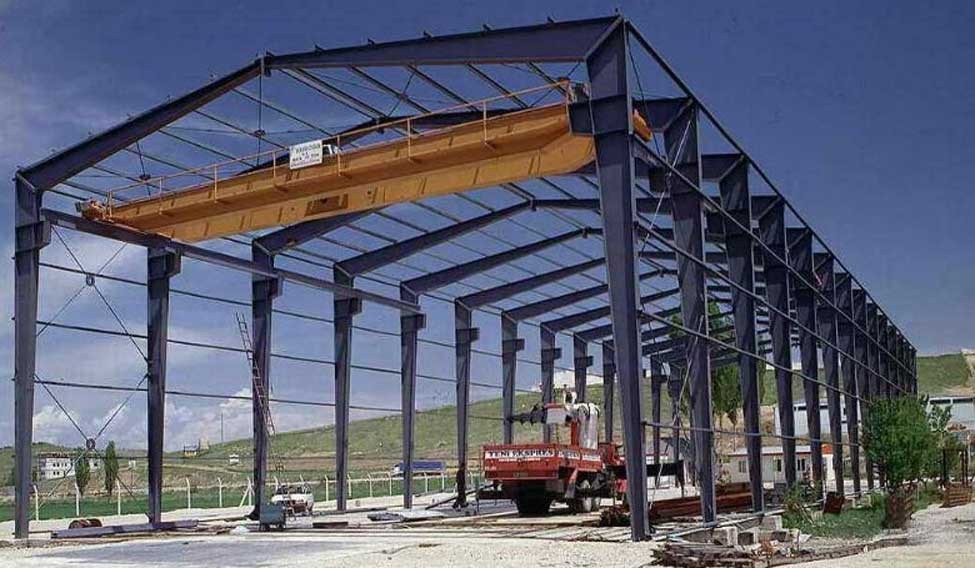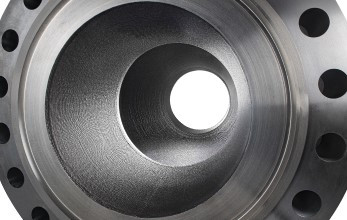
Globalisation has marked a dent on various aspects of life throughout the world, which also includes a continuing change in infrastructure and architecture of towns and cities throughout the globe, which are moving towards better spatial designs and improved built forms.
The history and science of architecture is intertwined with our surroundings where we live. Earlier homes and buildings were inspired by the surroundings and so you could see incorporation of natural elements in our architecture, whereas now with the rapid urbanization and concretization of cities and towns, each individual has started to adapt these surroundings and puts efforts to build homes and offices with similar architecture. People attach their identity with their environment and so globalization has deep imbedded an urge in every town and city to contribute to an architectural homogenisation with similar buildings and homes.
Europe and Africa have seen a similar shift from traditional architecture to concretized cities facing consumerism and universalism as owing to the new age of internationalisation which is attributed with a common global culture in architecture. This has also marked a shift in the construction material used to build and shape newer spatial patterns in European and African cities.

Affordable Construction Material for African and European Countries

Cladded Valves

Microbots: Small is More

TMT Steel Bars: The Backbone of Modern Construction